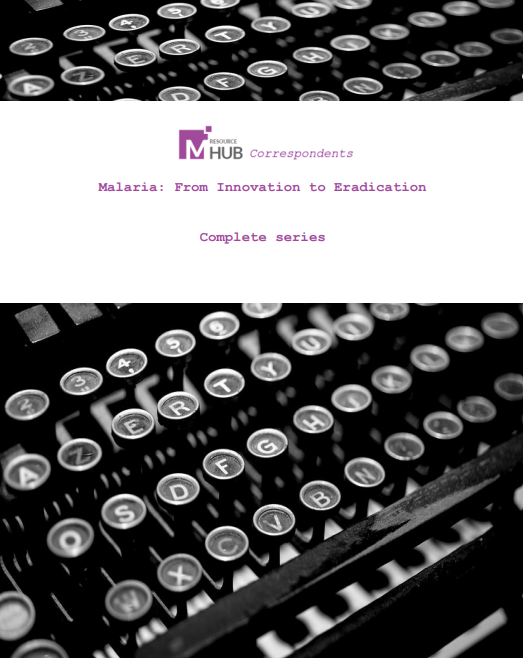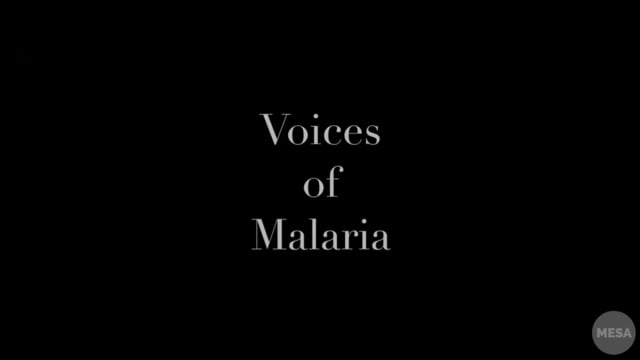Keystone Symposia “Malaria: From Innovation to Eradication” – 2017: Day 2
Monday, 20th February 2017
Published: 12/12/2018
This report is brought to you by the MESA Correspondents and Kate Whitfield.
THEMES: THEMES: Asymptomatic Reservoir | Measurement of Transmission
MESA Correspondents bring you cutting-edge coverage from the Keystone Symposia “Malaria: From Innovation to Eradication”
Day 2: Monday, February 20th
Tackling the asymptomatic reservoir to achieve malaria elimination: the if, the why and the how
The Keystone Symposia meeting officially started today, with a welcome from the director of the National Malaria Control Programme of Uganda, Jimmy Opigo, who called for scientists to not stop at publishing papers:
“…work is needed after the science, to translate it into public health action and reap the benefits.”
In his keynote presentation, the WHO Global Malaria Programme director, Pedro Alonso, underlined the unprecedented gains that have been achieved over the last decades thanks to increased funding, new tools, scaling up of core interventions (particularly vector control), and economic and social development. Today, the picture is heterogeneous; of the 91 countries with ongoing transmission, 10 countries account for 80% of the disease burden and reductions in disease mortality and morbidity are still lagging behind. On the other hand, the elimination targets defined by the WHO Global Technical Strategy for malaria 2016 – 2030 are on the right track (21 countries could achieve zero indigenous cases by 2020). Pedro Alonso concluded “we’re in for a long fight” that needs to be sustained and taken over by the younger generation.
The rest of the morning session was dedicated to characterizing the parasite reservoir and measuring disease transmission.
Salim Abdulla (Ifakara Health Institute, Tanzania) shared an overview of the core interventions (LLINs, IRS, artemisinin combination therapies (ACTs)) which have had a great impact, yet none have reduced malaria to zero in Africa. Mixed interventions sustained over time will be necessary, particularly in high endemic areas.
Chris Drakeley (London School of Hygiene & Tropical Medicine, UK) presented the arguments to target – or not – the asymptomatic reservoir. We need to consider the imperative to target the reservoir and the capacity to do so. Although submicroscopic infections are transmitted to relatively few mosquitoes, they may predominate in low transmission settings; a big question for the field is to understand who infects mosquitoes.
Jetsumon Sattabongkot Prachumsri (Mahidol University, Thailand) presented data on P. vivax transmission in Thailand, where the majority of infections are low density and asymptomatic. Studies on gametocyte density and mosquito infection rate can inform the threshold for diagnostic sensitivity.
In a short talk, Ana Maria Fonseca (Barcelona Institute for Global Health, Spain) discussed how levels of malaria-specific antibodies in pregnant women can reflect changes in parasite exposure in the population. Silvia Portugal (University Hospital Heidelberg, Germany) addressed the characterization of the sub-patent of P. falciparum infections which persist during the dry season and the outcome of treating such infections.
The afternoon session focused on modelling. Hannah Slater (Imperial College London, UK) presented work done with the National Malaria Programme in Zambia and other partners to model the impact of various programmatic strategies. The model includes movement of mosquitoes and humans, thus takes into account imported malaria from other zones. The model suggests that increasing vector control interventions will have a greater longer-term impact than mass drug administration (MDA), which is transitory.
The use of different markers of exposure and transmission intensity to detect residual pockets of transmission was discussed by Stephan Karl (Walter and Eliza Hall Institute of Medical Research, Australia). His data analysis shows that prevalence surveys provide a good approximation for the underlying force of infection even in low transmission settings, and that serological markers are good predictors of current infection.
The day’s session closed with a short talk by Levicatus Mugenyi (Hasselt University and Infectious Disease Research Collaboration, Uganda) who described a statistical model to estimate parasite prevalence and the force of infection, taking into account host, vector and parasite heterogeneity, which can help to inform possible outcomes and impact of interventions.
We are sending daily posts during the week-long Keystone Symposia meeting, ‘Malaria: From Innovation to Eradication’, organized in collaboration with MESA, from Kampala, Uganda. Additional funding was given by The Bill & Melinda Gates Foundation and the US NIH/NAIAD. This blog was posted simultaneously on ISGlobal’s blog, the Malaria World website, and the MESA website.
Published: 12/12/2018
This report is brought to you by the MESA Correspondents and Kate Whitfield.



